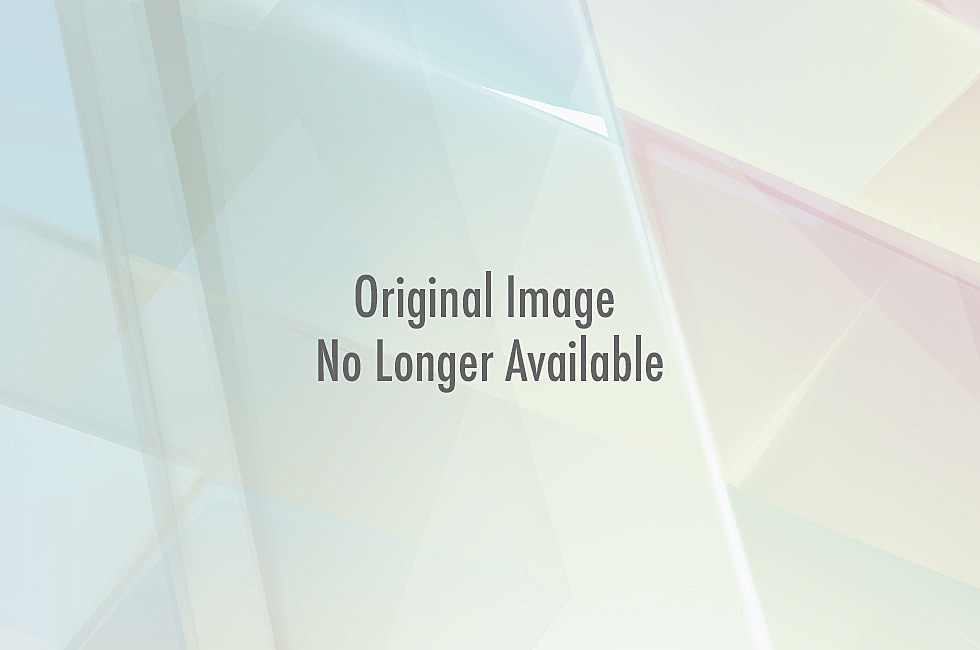So you've researched and practiced some of your own drawn storyboards. Using storyboards still represents how film makers create big productions today. The director will still look at a storyboard to guide him when creating a new scene for his film or production.
I want you to try and create a storyboard using PowerPoint. Put together a sequence of pictures which tell a short story or could represent a small scene from a film. Don't forget to write the camera shots underneath and any dialogue (diegetic or non-diegetic)
Diegetic sound
Sound whose source is visible on the screen or whose source is implied to be present by the action of the film:
- voices of characters
- sounds made by objects in the story
- music represented as coming from instruments in the story space ( = source music)
Digetic sound can be either on screen or off screen depending on whatever its source is within the frame or outside the frame.
Another term for diegetic sound is actual sound
Non-diegetic sound
Sound whose source is neither visible on the screen nor has been implied to be present in the action:
- narrator's commentary
- sound effects which is added for the dramatic effect
- mood music
Non-diegetic sound is represented as coming from the a source outside story space.
The distinction between diegetic or non-diegetic sound depends on our understanding of the conventions of film viewing and listening. We know of that certain sounds are represented as coming from the story world, while others are represented as coming from outside the space of the story events. A play with diegetic and non-diegetic conventions can be used to create ambiguity (horror), or to surprise the audience (comedy).
Another term for non-diegetic sound is commentary sound.
Take a look at the exemplars we have distributed in class from previous pupils and this online video for some assistance: online video click here
Choose from the following genres:
- Action
- Comedy
- Science Fiction
- Western
Good Luck,
Mr Milligan.

